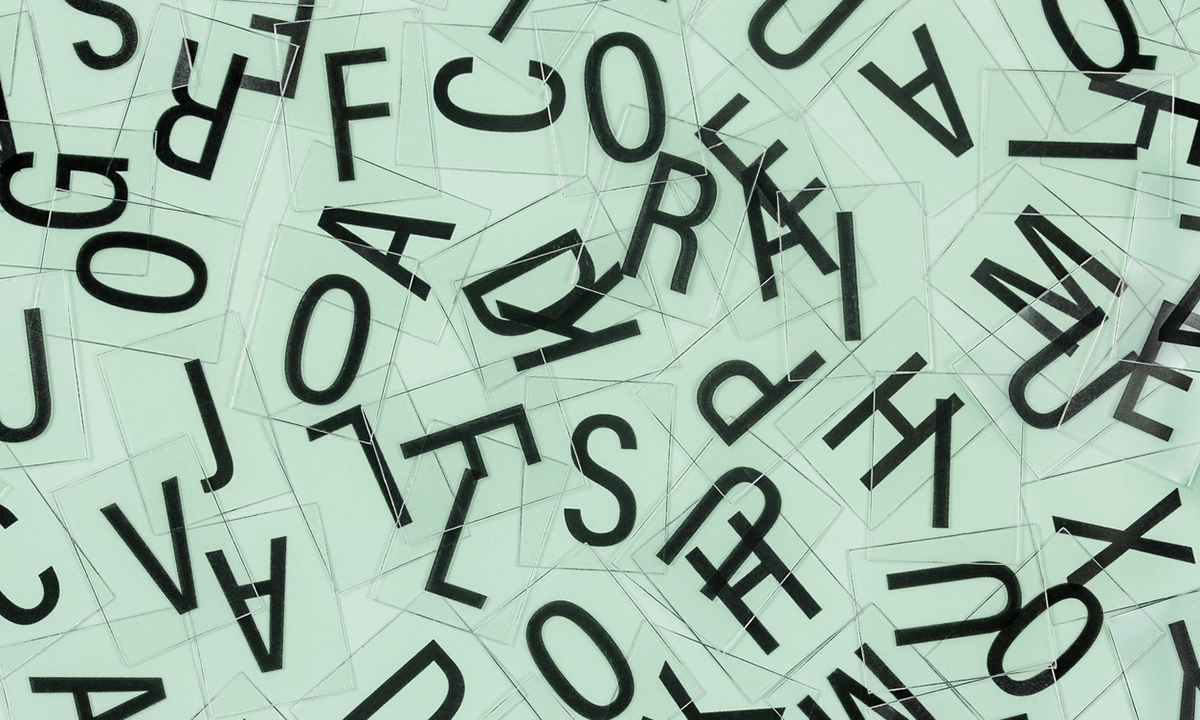‘Wait to Fail’: How Dyslexia Screening Misses Many Struggling Readers
Hettleman: Linking dyslexia to high IQ means early detection in some kids — and long waits for many others who may never catch up

Get stories like this delivered straight to your inbox. Sign up for The 74 Newsletter
Laws and programs to address dyslexia are among the best hopes for students who struggle to learn to read. Legislation focused on dyslexia has been passed in at least 47 states.
However, there is a downside that is not understood: Some dyslexia laws and practices exclude or neglect many struggling readers, even though most of them suffer from similar learning difficulties and require similar evidence-based instruction.
This is particularly inequitable because a large proportion of excluded or neglected students are low-income, or of color, or register as having low IQs. These children already suffer delays in getting extra help because many educators erroneously blame their early reading difficulties on poor family backgrounds rather than on poor instruction — a prime example of the soft bigotry of low expectations.
The National Center for Improving Literacy considers dyslexia a social justice issue in that it is “disproportionately underdiagnosed in children of color and children in poverty.” I described these students as “Invisible Dyslexics” in a report in 2003.
Of course, advocates for children with dyslexia vehemently oppose any such injustices. But some laws and practices exert hidden influences that have just such an effect. How does this happen? And how can reading reformers accelerate a change from reforms centered on dyslexia to more inclusive policies that will help virtually all struggling readers?
To start with, there must be recognition of the widespread but largely false association among dyslexia, high IQs and creativity. Dyslexia is constantly brought to public mind by media portrayals of a long list of famous and influential persons who overcame their reading difficulties and became high achievers. Yet, eminent reading scientist Joseph Torgesen wrote decades ago that studies have “led to the discovery that the early word reading difficulties of children with relatively low general intelligence and verbal ability are associated with the same factors (weaknesses in phonological processing) that interfere with early reading growth in children who have general intelligence in the normal range.”
More recently, cognitive neuroscientist and reading expert Mark Seidenberg summarized the research: “Within [the] broad range of IQs, poor readers struggle in the same ways, need help in the same areas and respond similarly to interventions.”
Nonetheless, these scientific facts are absent or short-changed in many, if not most, state laws. While most states provide for universal screening for all reading difficulties, not just dyslexia, very few encompass essential requirements for all struggling readers — instruction based on the science of reading, multi-tiered interventions and teacher training — and, as of last year, only eight addressed all three components.
The most insidious confusion and inequity are found in special education law. Dyslexia is classified under the Individual with Disabilities Act as a “specific learning disability” — but eligibility is typically determined based on “a severe discrepancy between achievement and intellectual ability,” a criterion that embodies the false association between IQ/creativity and reading difficulties and disproportionately harms low-income and minority struggling readers.
Though the discrepancy gap test has been discredited, and Congress has encouraged identification of specific learning disabilities through an alternative Response to Intervention framework, it is not banned in most states and endures in practice.
A consequence is the pernicious “wait to fail” — the higher the IQ, the earlier the discrepancy is detected — so students with lower IQs have to wait longer for interventions, and most never catch up.
This injustice is inexcusable, because it is well known what it takes to teach all kids to read. It takes following the science of reading, which generally prescribes the same foundational instruction for all students, within the tiered framework of Response to Intervention.
But this doesn’t happen.
One big reason is that the science of reading remains a raging battlefield. For another, while Response to Intervention — systematic early assessment and evidence-based interventions, notably high-dosage tutoring — seems an incontrovertible approach, there are some skeptics. Seidenberg’s telling rejoinder is that it “has only one flaw: It has to be implemented in real-world environments” that are often inhospitable because of lack of funds and because implementation is “undercut by the disagreements about how reading works.”
Dyslexia advocates see that their efforts alone are falling short of expectations. Many state chapters of Decoding Dyslexia, parent groups that are the most powerful grass-roots forces for reading reform, are increasingly pushing to enact or strengthen broad right-to-read or third grade retention laws in the wake of the pandemic. These laws embrace all struggling readers, not just those identified as dyslexic. An exemplar chapter is Decoding Dyslexia of Maryland, which is spurring a coalition to strengthen Maryland’s right-to-read law.
Still, the notion that dyslexia is a fairly exclusive province of an IQ elite persists. Louisiana Republican Sen. Bill Cassidy and others are pushing legislation that would make dyslexia a separate specific learning disability under IDEA while ignoring the need to improve the law for other students with similar difficulties.
Any path to literacy for all students faces a steep incline. That’s why it’s so necessary to expose the inequities in some approaches and cheer on dyslexia advocates who are stepping up in the struggle.
Get stories like these delivered straight to your inbox. Sign up for The 74 Newsletter

;)
